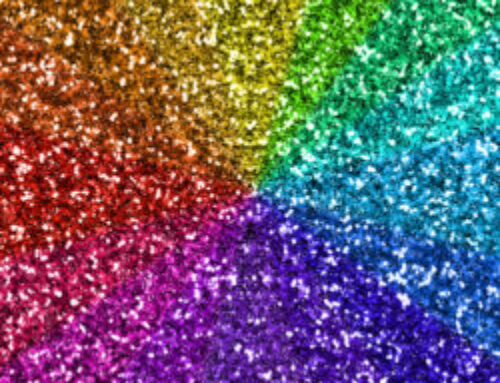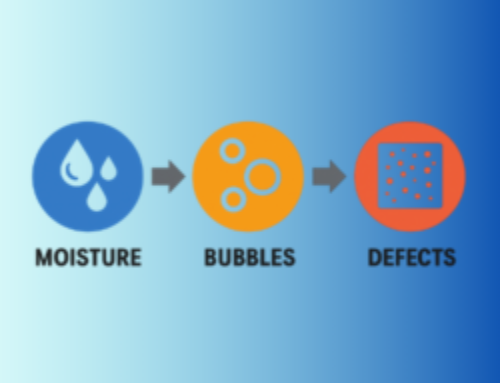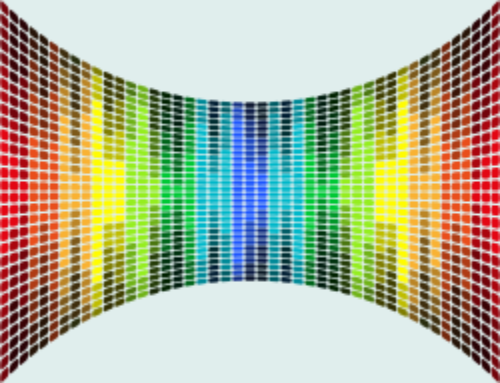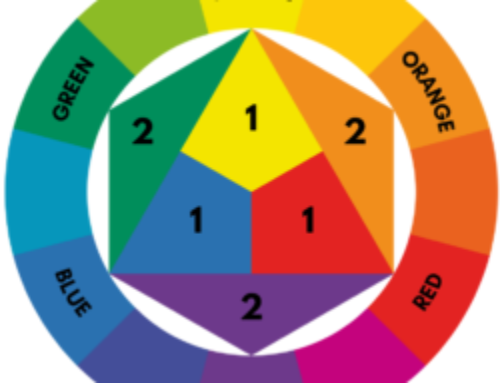In color compounding for plastics, the terms opaque, translucent, and transparent describe how light interacts with the colored plastic, and these differences are critical for achieving the desired visual effects. More often than not, these terms can be confused due to their subtle differences in light transmission and visual appearance:
Opaque: Opaque colors completely block the transmission of light, resulting in a solid, non-transparent appearance. Opaque colors are often used when the goal is to completely conceal what is underneath or to achieve a vibrant, solid color without any see-through effect. Opaque colors are commonly used in toys, packaging, and automotive parts.
Translucent: Translucent colors allow some light to pass through, but they scatter the light, resulting in a diffused or hazy appearance. Translucent colors are often used when a degree of transparency is desired, but complete clarity is not necessary. Translucent colors can create interesting visual effects and are commonly used in lighting fixtures, signage, and decorative items.
Transparent: Transparent colors allow light to pass through clearly, without scattering, resulting in a see-through effect. Transparent colors are used when clarity and visibility are important, such as in windows, lenses, and display cases. Transparent colors can also be used to create tinted effects, where the color is visible but does not completely obscure what is underneath.
To avoid confusion, it is important to use these terms accurately and consistently:
Opaque should be used for colors that completely block light transmission.
Translucent should be used for colors that allow some light transmission but scatter it, creating a diffused appearance.
Transparent should be used for colors that allow light to pass through clearly, without scattering.
Using these terms correctly will help ensure clear communication about the visual properties of colored plastics in color compounding, leading to better understanding and more effective use of color in plastic products.




